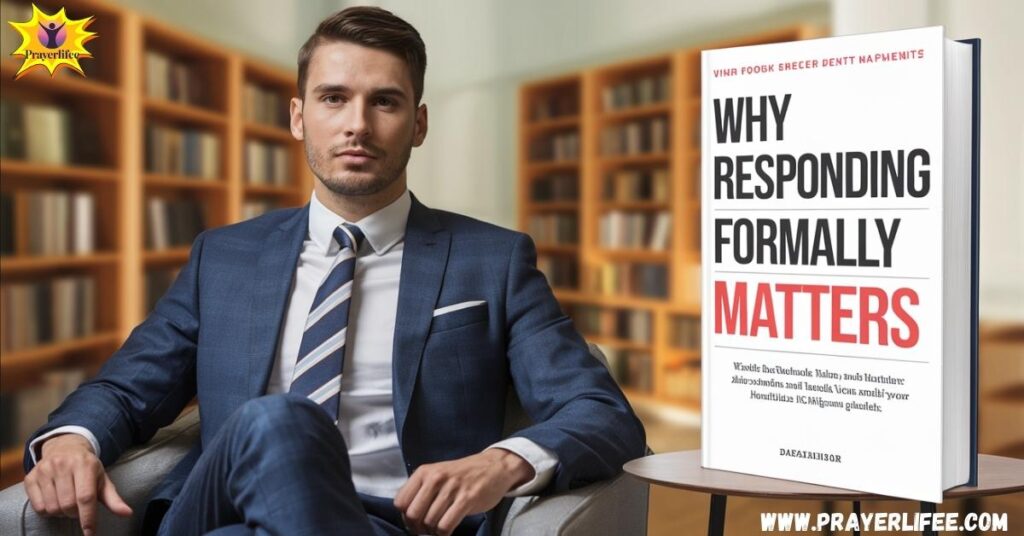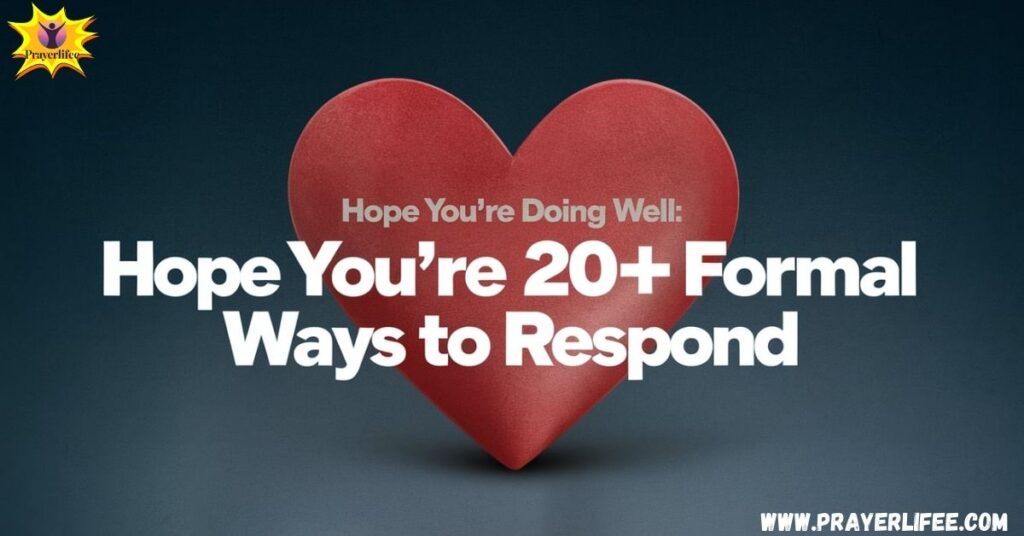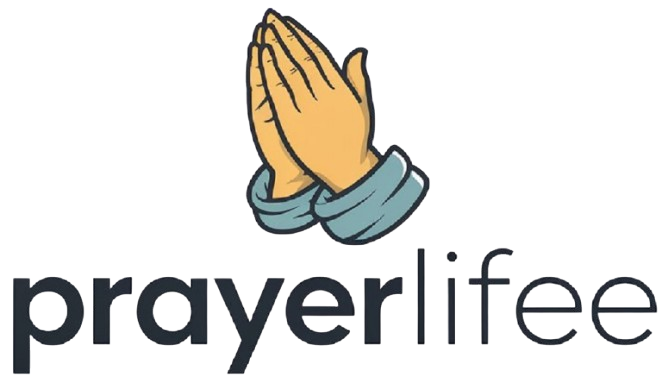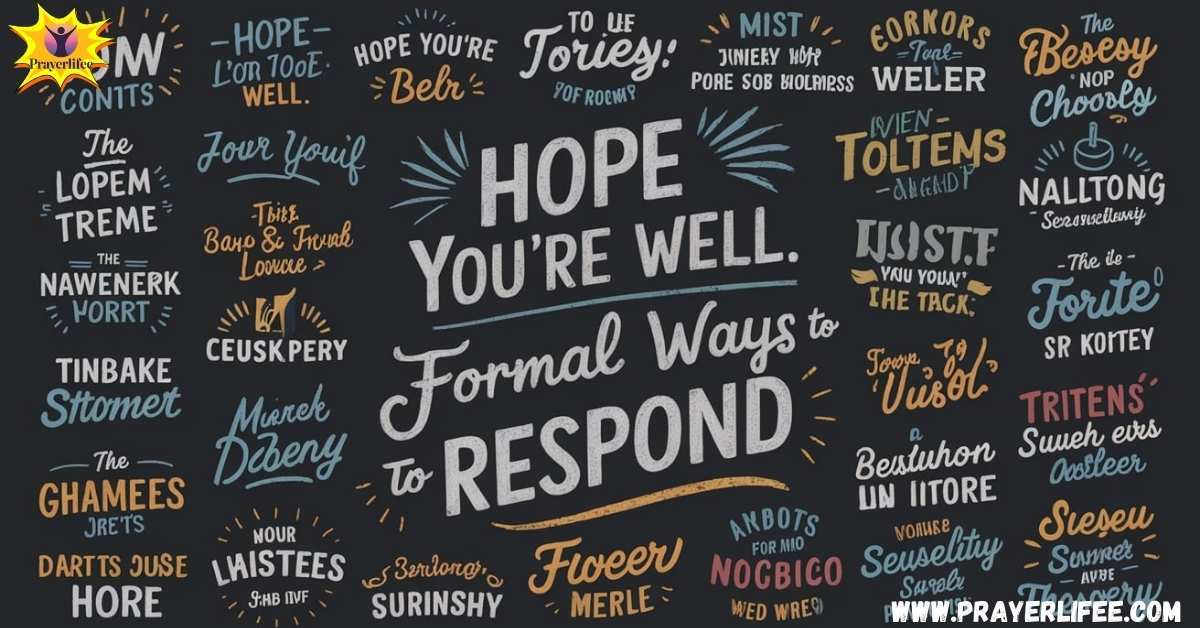When someone says, “Hope you’re doing well,” it’s more than just a polite greeting—it’s an opportunity to connect, express gratitude, and leave a positive impression. Whether you’re responding to a colleague, client, or friend, knowing how to reply formally can make a big difference in your communication.
In this article, we’ll explore 20+ formal and clever responses to this common phrase, tailored for a USA audience. By the end, you’ll have a toolkit of thoughtful replies to use in any situation.
Why Responding Formally Matters

In the USA, polite and professional communication is highly valued, especially in work settings. A simple phrase like “Hope you’re doing well” is often used to start conversations, whether in emails, meetings, or casual chats. How you respond can set the tone for the entire interaction.
A formal response shows that you respect the other person’s effort to reach out. It also reflects your professionalism and emotional intelligence. For example, responding with “Thank you for your kind words. I’m currently in good health and spirits” not only acknowledges the greeting but also conveys positivity and gratitude.
In a world where communication is often rushed, taking the time to craft a thoughtful reply can help you stand out. It’s a small but meaningful way to build stronger relationships, both personally and professionally.
20+ Formal Replies to ‘Hope You’re Doing Well’

Here’s a comprehensive list of formal and clever responses you can use in different situations. Each response is designed to be polite, professional, and appropriate for a USA audience.
General Positive Responses
When you want to keep your reply simple yet warm, these general positive responses work well.
“Thank you for your kind words. I’m currently in good health and spirits.”
This response is perfect for showing appreciation while sharing a bit about your well-being. It’s ideal for formal settings where you want to maintain a professional tone.
“Yes! Everything is fine on my end. I hope you’re doing well too.”
This reply is friendly and reciprocal. It not only answers the greeting but also turns the focus back to the other person, showing that you care about their well-being too.
“Thanks for your concern, I’m doing well and keeping busy.”
If you want to acknowledge the other person’s concern while subtly mentioning that you’re occupied, this response is a great choice. It’s polite and informative without being too detailed.
Grateful for Your Concern
Sometimes, it’s important to emphasize your gratitude for the other person’s thoughtfulness.
“I’m glad you reached out. I’m doing fine and staying engaged with my tasks.”
This response is perfect for professional settings. It shows appreciation for the other person’s effort to check in while providing a brief update on your activities.
“I’m grateful for your concern. Everything is going well on my end.”
This reply adds a personal touch, making it suitable for both formal and semi-formal situations. It conveys gratitude and reassures the other person that you’re doing well.
Addressing Work and Updates
In professional settings, it’s often helpful to tie your response to your work or current projects.
“I’m currently managing well with my projects and appreciate your concern.”
This response is ideal for colleagues or clients who are checking in on your progress. It’s professional and shows that you’re on top of your responsibilities.
“Things are going smoothly, and I’m doing well. Thanks for checking in.”
If you want to keep your reply brief yet positive, this is a great option. It’s perfect for emails or quick conversations where you want to acknowledge the greeting without going into too much detail.
“I’m making good progress with my current responsibilities and appreciate your interest.”
This reply is slightly more detailed, making it suitable for situations where you want to provide a subtle update on your work. It’s professional and thoughtful.
“Work is keeping me engaged, and I’m doing fine. Thanks a lot!”
This response is upbeat and positive, making it a good choice for informal professional settings. It shows that you’re busy but handling things well.
“Thanks! I’m managing well and looking forward to upcoming challenges.”
If you want to convey optimism and enthusiasm, this reply is a great fit. It’s perfect for situations where you want to project confidence and a forward-looking attitude.
Expressing Gratitude
Gratitude is a powerful way to strengthen relationships. These responses focus on thanking the other person while wishing them well.
“I appreciate your message! Wishing you the best as well.”
This reply is simple yet heartfelt. It’s suitable for both professional and personal contexts, making it a versatile choice.
“Thank you! Sending positive vibes your way.”
If you want to add a touch of warmth to your response, this is a great option. It’s friendly and upbeat, making it perfect for informal settings.
“I’m doing well, thanks! Hope everything is great on your end too.”
This response is reciprocal and thoughtful. It not only answers the greeting but also shows that you care about the other person’s well-being.
“Thanks for checking in! I hope you’re having a wonderful day.”
This reply is warm and personal, making it ideal for casual or semi-formal situations. It’s a great way to end a conversation on a positive note.
“I appreciate you reaching out! May your day be as lovely as you are.”
If you want to add a personal and heartfelt touch, this response is perfect. It’s warm and kind, making it suitable for close colleagues or friends.
“Thank you! I hope everything is going well for you too.”
This reply is simple yet effective. It’s a great way to acknowledge the greeting while turning the focus back to the other person.
Additional Responses
Here are five more responses to add to your toolkit:
“I’m doing great, thank you! How about yourself?”
This response is friendly and opens the door for further conversation. It’s perfect for situations where you want to engage more deeply with the other person.
“All is well here, thanks for asking. I hope you’re having a productive day!”
This reply is professional and positive, making it ideal for work-related interactions
.“I’m doing well, thank you! It’s always nice to hear from you.”
This response adds a personal touch, making it suitable for colleagues or acquaintances you have a good relationship with.
“Thanks for your kind words! I’m doing well and hope the same for you.”
This reply is warm and reciprocal, making it a great choice for both formal and informal settings.
“I’m doing fine, thank you! Let me know if there’s anything I can assist you with.”
This response is professional and helpful, making it ideal for client or customer interactions.
Tips for Crafting the Perfect Response
- Consider the Context: Tailor your response to the situation. A formal email to a client might require a more professional tone, while a casual chat with a colleague can be more relaxed.
- Show Gratitude: Always acknowledge the other person’s effort to check in. A simple “thank you” can go a long way.
- Keep It Positive: Even if things aren’t perfect, try to focus on the positive aspects of your situation.
- Be Concise: While it’s important to be thoughtful, avoid overloading your response with unnecessary details.
Case Study: The Power of a Thoughtful Response
Let’s look at a real-life example. Sarah, a marketing manager, received an email from a client that started with, “Hope you’re doing well.” Instead of replying with a generic “I’m fine,” she wrote:
“Thank you for your kind words. I’m currently in good health and spirits, and I’m excited about the progress we’re making on your project. I hope everything is going well on your end too!”
This response not only acknowledged the greeting but also reinforced the client’s confidence in her work. The client later mentioned how much they appreciated her thoughtful reply, which helped strengthen their professional relationship.
FAQ,s
How to reply to “hope you are doing well” formally?
To reply formally to “hope you are doing well,” you can say, “Thank you for your kind words, I’m doing well and I hope the same for you.”
How do you professionally say “I hope you are doing well”?
A professional alternative to “I hope you are doing well” could be, “I trust you are doing well.”
What is another way to say hope you’re doing well too?
To express a similar sentiment, you can say, “I appreciate your concern, and I’m also doing well, thank you.”
How do you respond to doing good as well?
In response to “doing good as well,” you could reply, “I’m glad to hear that, thank you for asking.”
Conclusion
Responding to “Hope you’re doing well” is more than just a formality—it’s an opportunity to connect, express gratitude, and leave a positive impression. Whether you’re in a professional or personal setting, using one of the 20+ formal responses we’ve shared can help you communicate effectively and thoughtfully.
Remember, the key is to be genuine, show gratitude, and tailor your response to the situation. With these tips and examples, you’ll be ready to handle this common greeting with confidence and grace.

